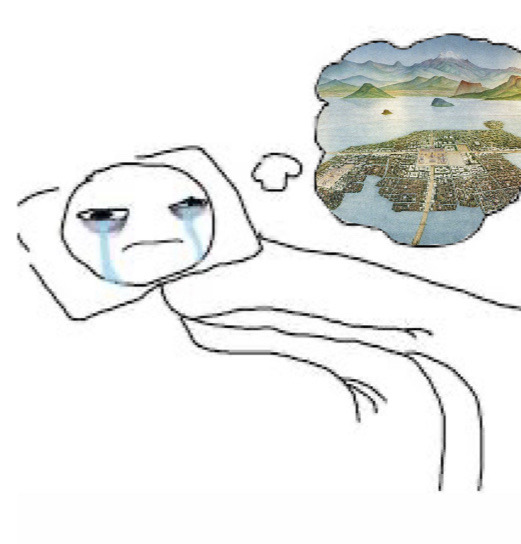#Native American history
Text

R. C. Gorman (deceased)
Gender: Male
Sexuality: Gay
DOB: 26 July 1931
RIP: 3 November 2005
Ethnicity: Native American (Navajo)
Occupation: Artist, sculptor
Note 1: Opened the Navajo Gallery in Taos in 1968. It was the first Native American-owned art gallery. In 1973, he was the only living artist whose work was shown in the "Masterworks from the Museum of the American Indian" exhibition held at Metropolitan Museum in New York City. Two of his pieces were selected for the cover of the exhibit's catalog.
Note 2: Upon his death, New Mexico's governor Bill Richardson ordered flags flown at half-staff in his honor.
Note 3: Referred to as "the Picasso of American Indian artists" by The New York Times.
#R. C. Gorman#R C Gorman#Rudolph Carl Gorman#native american history#lgbt history#lgbt#male#gay#1931#rip#historical#poc#native#native american#artist#sculptor#first#popular#popular post#200
228 notes
·
View notes
Text

African American history is American History!! You can't hide it!! Can't sweep it under the rug!!
#black history#black tumblr#black literature#black excellence#black community#civil rights#black history is american history#civil rights movement#black girl magic#blackexcellence365#equal#equal rights#black lives matter#american history#america horror story#native american history#black history month#black history facts#black history matters#black pride#african culture#african american#african american history
443 notes
·
View notes
Text
World's Oldest Leather Shoe, from Armenia, c.3500 BCE: this prehistoric shoe dates back to about 5,500 years ago, making it the oldest leather shoe in the world
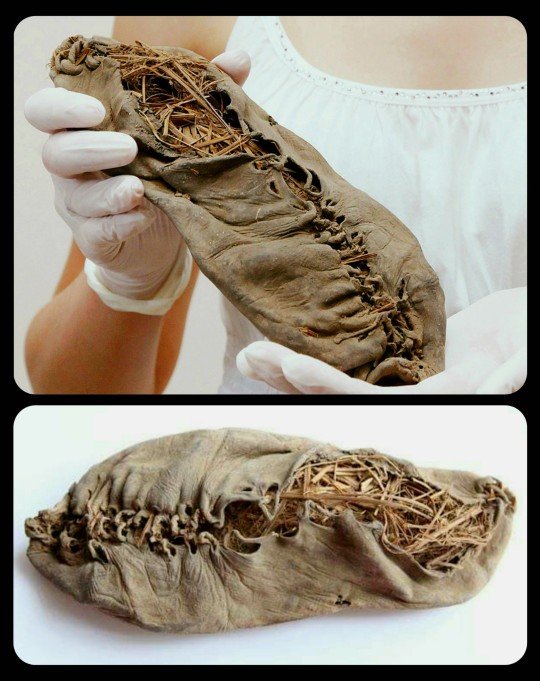
The shoe was found within a cave in the Vayots Dzor province of Armenia, where it had been preserved beneath a layer of sheep dung for more than five millennia.
From the BBC:
At 5,500 years old, the well preserved cow-hide shoe pre-dates Stonehenge by 400 years and the Pyramids of Giza by 1,000 years.
It was made of a single piece of leather and was shaped to fit the wearer's foot, researchers say.
The shoe contained grass, although the archaeologists are uncertain as to whether this was to keep the foot warm or to maintain the shape of the footwear.
Archaeologists put the shoe's remarkable preservation down to the stable, cool and dry conditions in the cave, and the fact that the floor of the cave was covered by a thick layer of sheep dung. This layer of excrement acted as a solid seal, preserving it over the millennia.
According to researchers, the shoe was deliberately buried in a clay-lined pit located within the cave system, though it's unclear why it was originally buried there. The evidence suggests that the shoe was more than just a ritual object -- an imprint of the wearer's big toe is still visible in the leather, and there is a significant amount of wear along the heel and ball of the foot.
This is the oldest leather shoe that has ever been discovered, but older shoes made of plant fiber have been found at sites in Missouri and Oregon. The oldest shoes ever discovered come from Oregon's Fort Rock Cave, where archaeologists unearthed dozens of sandals dating back to about 10,000 years ago.

Sandals from Fort Rock Cave, Oregon
Sources & More Info:
National Geographic: World's Oldest Leather Shoe Found--Stunningly Preserved
BBC: 'Oldest Leather Shoe' Discovered
The Bulletin: Viral Story about World's Oldest Shoes Failed to Mention Ancient Fort Rock Footwear
Oregon Encyclopedia: Fort Rock Sandals
#archaeology#history#artifact#anthropology#prehistoric#fashion#leather shoe#armenia#prehistoric clothing#preservation#crafting#leather work#ancient history#fort rock cave#oregon#prehistoric footwear#sandals#native american history#world's oldest shoes
88 notes
·
View notes
Photo
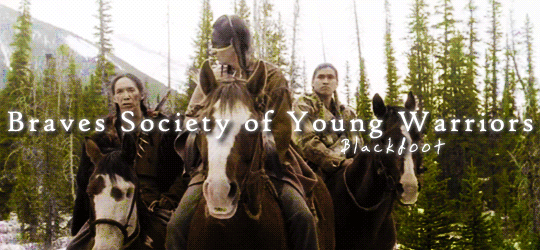

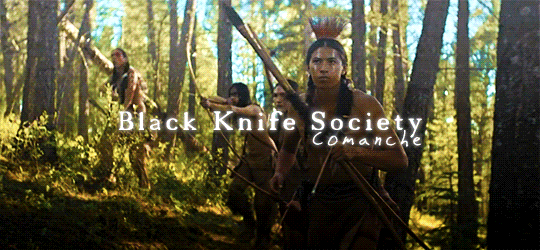

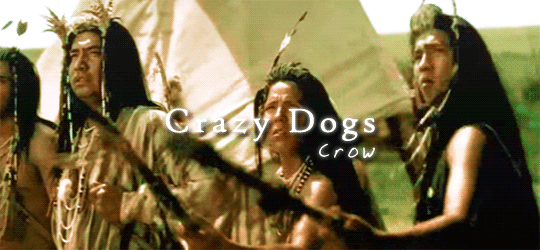



[image description: gifs stacked vertically of Native American warriors of various tribes, in traditional attire and in the fashion of their tribe. Text overlays on top of each gif, labeled, in order: “Brave’s society of Young Warriors, Blackfoot.”, “Women Warrior’s Society, Cheyenne.”, “Black Knife Society, Comanche.”, “Okichitaw, Cree.”, “Crazy Dogs, Crow.”, “Koitsenko, Kiowa.”, “Kit Fox Society, Lakota.”, “Iruska, Pawnee.”. end image description.]
Plains Native American Warrior Societies
(not an exhaustive list)
#historyedit#history#native american#plains native#plains indian#ndn#indigenous#native american history#first nations history#american history#canadian history#justin's edits
418 notes
·
View notes
Text
youtube
The Gnadenhutten Massacre --- The American Revolution's Forgotten War Crime
from Extra History
138 notes
·
View notes
Text
The Smithsonian has formed a task force to address the massive collection of human remains held by its museums, which includes 255 human brains that were removed primarily from dead Black and Indigenous people, as well as other people of color, without the consent or knowledge of their families. The so-called racial brain collection was revealed by a Washington Post investigation. It was mostly collected in the first half of the 20th century at the behest of Ales Hrdlicka, a racist anthropologist who was trying to scientifically prove the superiority of white people.
#anthropology#u.s. history#human remains#repatriation#eugenics#racism#black history#native american history#filipino history#anti indigenous violence#anti black violence#white supremacy
272 notes
·
View notes
Text
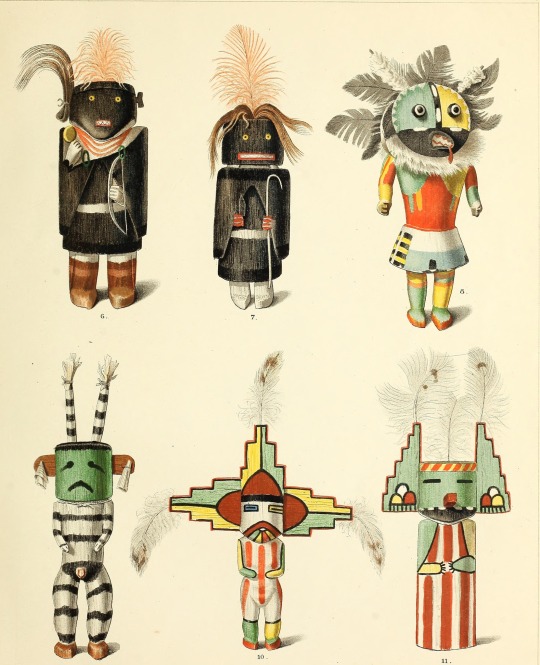

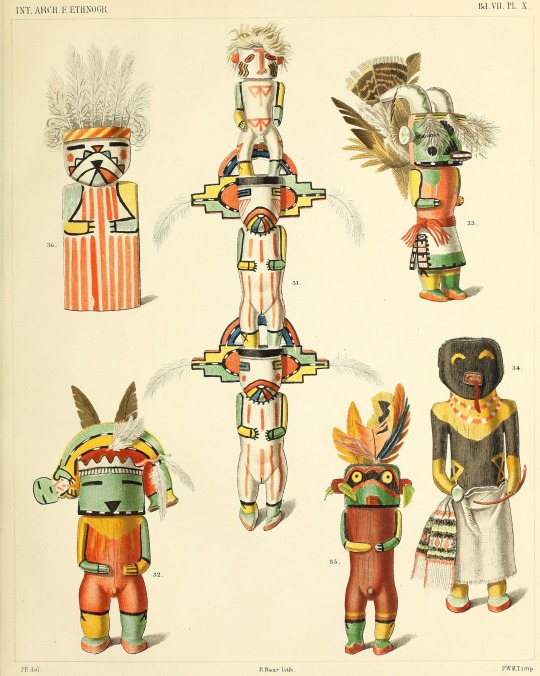
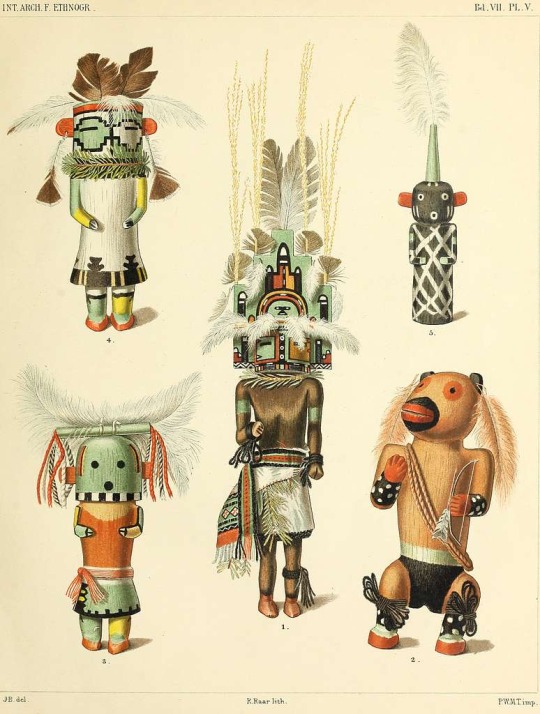


Dolls of the Tusayan Indians, illustrations
ca. 1894
J.W. Fewkes, Author
#native american art#indigenous art#indigenous culture#indigenous people#jw fewkes#kachina#native american history#native american culture#aesthetic#beauty#art history#aesthetictumblr#tumblraesthetic#tumblrpic#tumblrpictures#tumblr art#tumblrstyle#artists on tumblr
158 notes
·
View notes
Text
Silver Horn drawings, 1897-1921

Silver Horn drawings, 1897-1921
“Silver Horn (1860-1940), a Kiowa artist from the early reservation period, may well have been the most prolific Plains Indian artist of all time. Known also as Haungooah, his Kiowa name, Silver Horn was a man of remarkable skill and talent. Working in graphite, colored pencil, crayon, pen and ink, and watercolor on hide, muslin, and paper, he produced more than one thousand illustrations between 1870 and 1920. Silver Horn created an unparalleled visual record of Kiowa culture, from traditional images of warfare and coup counting to sensitive depictions of the sun dance, early Peyote religion, and domestic daily life. At the turn of the century, he helped translate nearly the entire corpus of Kiowa shield designs into miniaturized forms on buckskin models for Smithsonian ethnologist James Mooney.”
-- Silver Horn: Master Illustrator of the Kiowas by Candace S. Greene
The artist Elbridge Ayer Burbank traveled to Indian reservations in the late nineteenth century to paint the portraits of Indigenous peoples. Burbank traveled to Fort Sill, Oklahoma, on three occasions; it was there that the Kiowa artist Silver Horn sat for him for at least two portraits.
Silver Horn had been an established artist among the Kiowa since the 1880s. In 1899, he became interested in Burbank’s “naturalist” technique, and he observed the American artist as he painted other subjects. With Burbank, Silver Horn studied the art of modeling faces and individual portraiture. He experimented with this style in a series of individual portraits of people and animals, most of which he sold to Edward E. Ayer, before abandoning the style in favor of work that was more stylistically Kiowa.
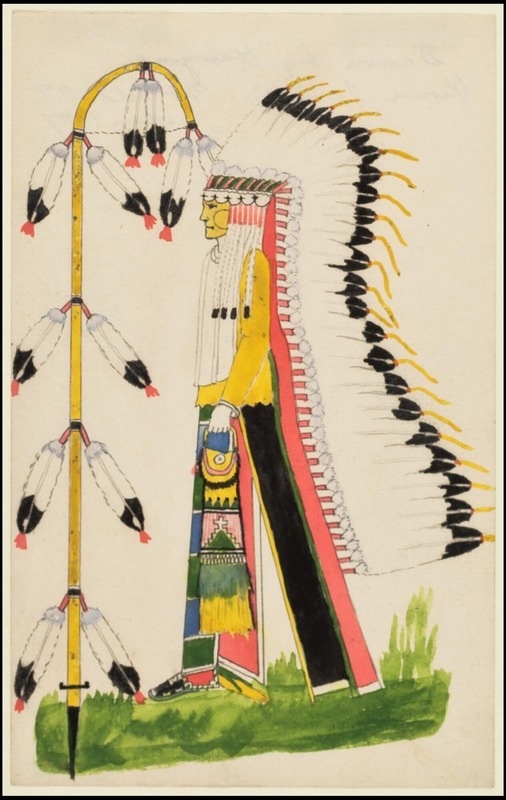
Silver Horn drawings, 1897-1921
The 123 pieces by Silver Horn in the Newberry’s Ayer Collection demonstrate that his experimentation took him away from narratives about community to work that featured individuals. This makes the body of work held in the collection stylistically distinct from both the earlier and later periods of Silver Horn's work.
–former Ayer Reference Librarian Seonaid Valiant (abridged from original post)
View Silver Horn's drawings or all of the Edward E. Ayer Collection at Newberry Digital Collections
#newberry library#libraries#special collections#archives#native american history#native american art#silver horn#kiowa#collection stories
101 notes
·
View notes
Photo

Ma-ah-go-quah, wife of John Big Fout (or Big Foot), of the Potawatomi Tribe, on July 16, 1923.
Record Group 75: Records of the Bureau of Indian Affairs
Series: Photographs
Image description: An elderly woman seated in a chair in front of an exterior wall. She is wearing a blouse with a long ruffle around the neck, a floral skirt, and a wide fabric headband. She has a blanket partially pulled over her lap. Her hands are clasped in her lap.
#archivesgov#July 16#1923#1920s#portrait#Native American history#American Indian history#Indigenous American history#Potawatomi
163 notes
·
View notes
Text
Antisemitism is a huge problem in the native community and I fell like it should be talked about more
#antisemitism#leftist antisemitism#racisim#native americans#blood doesn’t influence your indignity#jews are indigenous to judea#indigenous#ndn#ndn tumblr#ndn tag#indigenous history#native american history#jewish history#jewish#jumblr#actually jewish#first nations
37 notes
·
View notes
Text
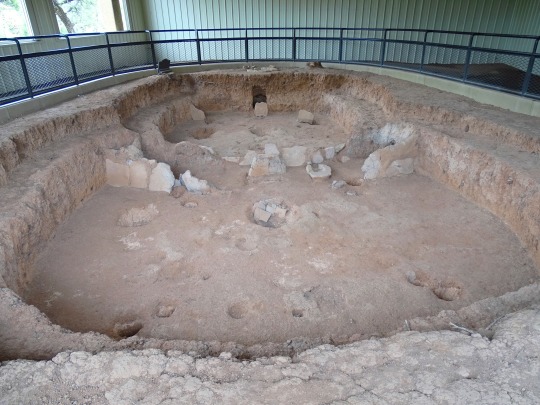
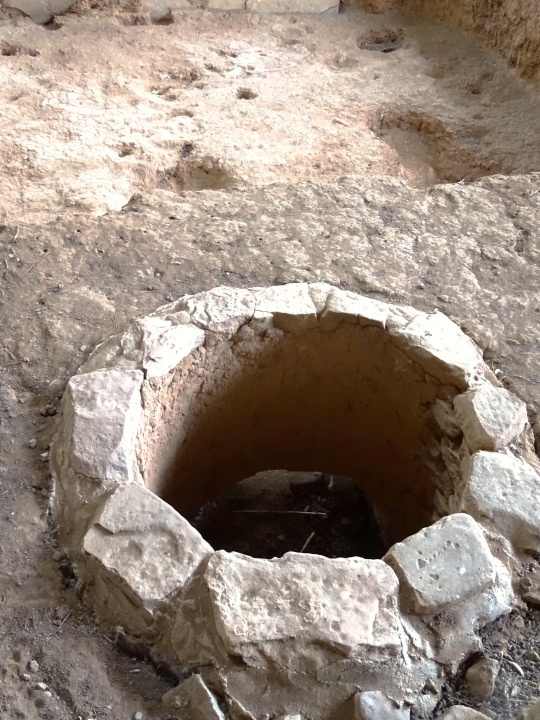


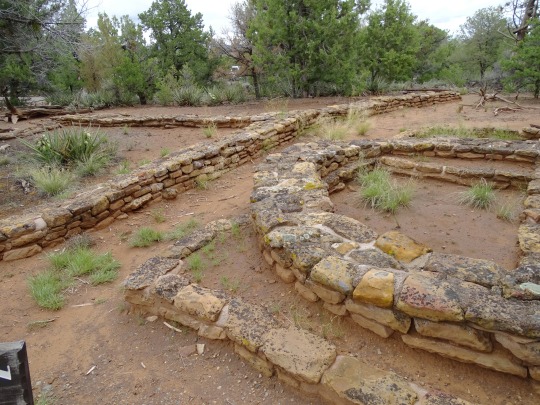

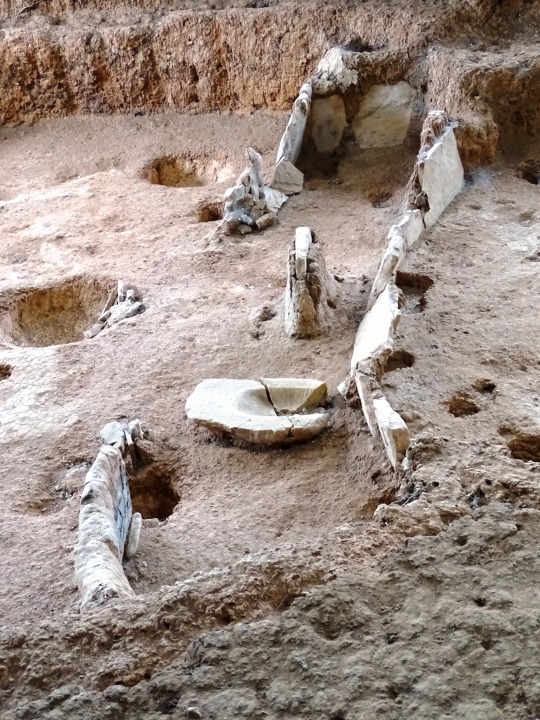


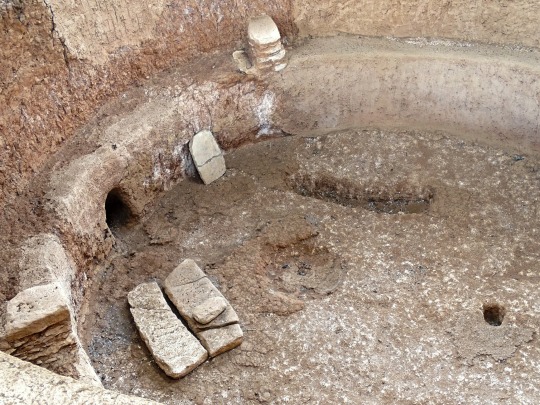

Mesa Verde National Park (No. 10)
With the introduction of corn to the Mesa Verde region c. 1000 BC and the trend away from nomadism toward permanent pithouse settlements, the Archaic Pueblonians transitioned into what archaeologists call the Basketmaker culture. Basketmaker II people are characterized by their combination of foraging and farming skills, use of the atlatl, and creation of finely woven baskets in the absence of earthen pottery. By 300, corn had become the preeminent staple of the Basketmaker II people's diet, which relied less and less on wild food sources and more on domesticated crops.
In addition to the fine basketry for which they were named, Basketmaker II people fashioned a variety of household items from plant and animal materials, including sandals, robes, pouches, mats, and blankets. They also made clay pipes and gaming pieces. Basketmaker men were relatively short and muscular, averaging less than 5.5 feet (1.7 m) tall. Their skeletal remains reveal signs of hard labor and extensive travel, including degenerative joint disease, healed fractures, and moderate anemia associated with iron deficiency. They buried their dead near or amongst their settlements, and often included luxury items as gifts, which might indicate differences in relative social status. Basketmaker II people are also known for their distinctive rock art, which can be found throughout Mesa Verde. They depicted animals and people, in both abstract and realistic forms, in single works and more elaborate panels. A common subject was the hunchbacked flute player that the Hopi call Kokopelli.
Source: Wikipedia
#Badger House Community#Wetherill Mesa#antechamber#pithouse#semi-subterranean home#Mesa Verde National Park#UNESCO World Heritage Site#Paleo-Americans#Mountain West Region#ancestral puebloan archaeological site#Montezuma County#Native American history#archaeology#ruins#tourist attraction#landmark#travel#vacation#summer 2022#Colorado#USA#original photography#flora#landscape#countryside
107 notes
·
View notes
Text
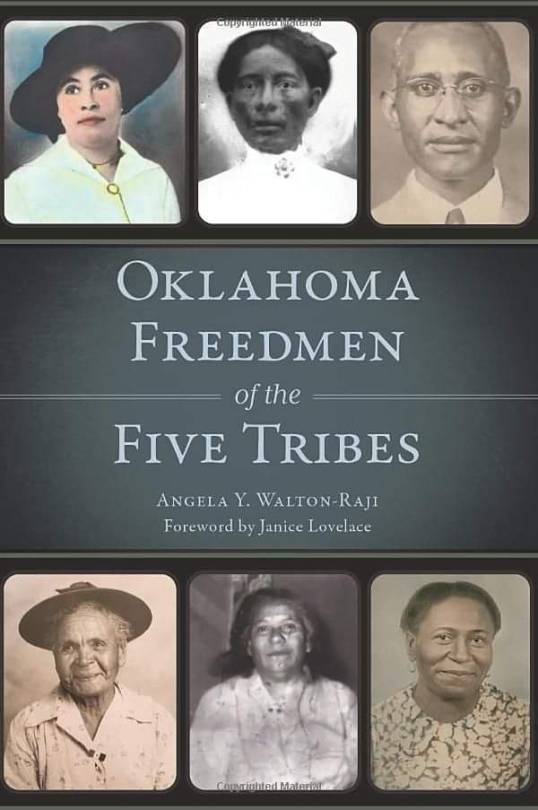
My family Chickasaw Freedmen.
#chickasaw freedmen#black history#black tumblr#native american tribes#black literature#native history#black community#black history is american history#native american history#native americans#black lives matter#american history
235 notes
·
View notes
Photo
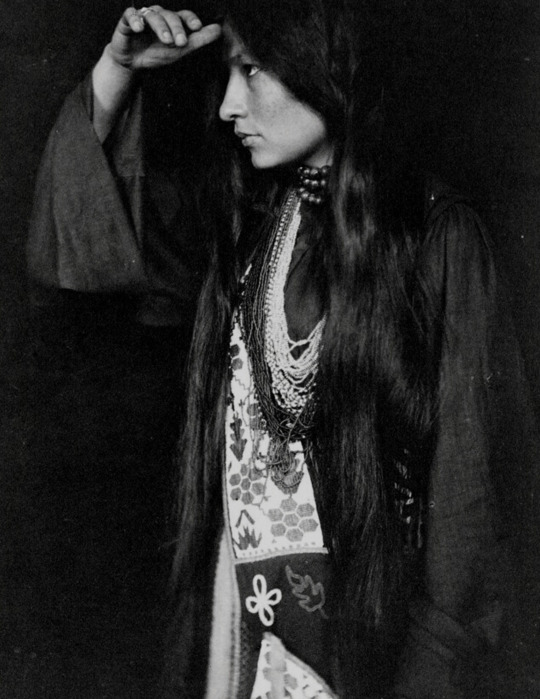
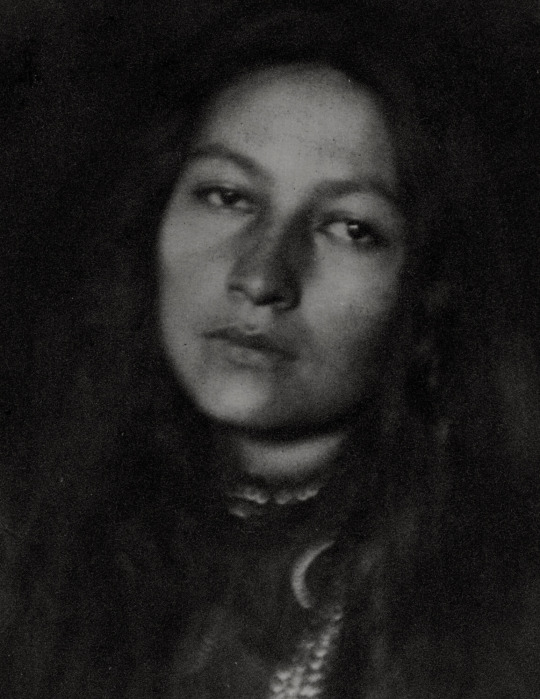
zitkala-sa or red bird (1876-1938) was was a yankton dakota writer, editor, translator, musician, educator, and political activist. her later books were among the first works to bring traditional native american stories to a widespread white english-speaking readership. she was co-founder of the national coouncil of american indians in 1926, which was established to lobby for native people's right to united states citizenship and other civil rights they had long been denied. when she was a child, she was taken to white's indiana manual labor Institute, a quaker missionary boarding school in wabash, indiana. this training school was founded by josiah white for the education of "poor children, white, colored, and indian to help them advance in society.” she wrote about this in one of her books describing the misery of having her hertiage stripped from her and being forced to cut her hair.
#women's history month#history#women in history#women's history#zitkala-sa#red bird#native american history
292 notes
·
View notes
Photo

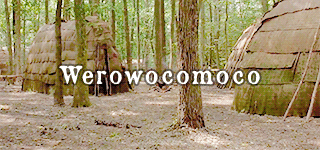





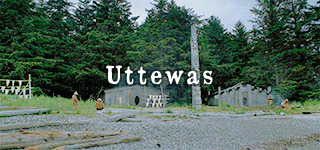
Pre-colonial Native American cities/settlements/meeting sites.
Sivan Vahki: just north of Casa Grande, Arizona, Sivan Vahki or Siwañ Waʼa Ki: was a large farming and trade network site of the Sonoran Desert people starting in the early 13th century.
Werowocomoco: With habitation beginning from the 13th century, Werowocomo was a village that later served as the headquarters of the werowance Wahunsenacah, Paramount Chief of the Powhatan confederacy.
Cahokia: Mississippian culture city dating from circa 1050–1350 CE, containing elaborately planned community, woodhenge, mounds, and burials.
Tenochtitlan: built atop a lake, Tenochtitlan was an Aztec altepetl, and was the largest city in the pre-columbian Americas at its peak. It is considered one of the most impressive cities in North America, and is today known as Mexico city.
Tikal: one of the most powerful ancient kingdoms of the Maya, and dates back as far as the 4th century BC, and may have had a population of up to 90,000.
Omahkoyis: Meeting place and trading and cultural hub for the Blackfoot, and later other tribes as well as settlers. The Blackfoot and their ancestors had inhabited the area as early as 12,000 BC, and would later also be known by other names. Colonizing efforts turned the area into a settlement, known today as the city of Edmonton.
Qusqu: also known as “Cuzco”, the city served as the capital for the Inca Empire from the 13th century up into the 16th century upon colonization. However, evidence shows that The Killke people occupied the region from 900 to 1200 CE, prior to the arrival of the Inca, and had constructed a fortress about 1100 CE.
Uttewas: later known as “Old Masset”, was one of the largest Haida villages on Haida Gwaii, and is home to a number of important cultural artifacts, such as numerous totem poles. Today its land is legally designated as Masset Indian Reserve No. 1.
#historyedit#Native American history#canadian history#american history#mexican history#peruvian history#cahokia#tenochtitlan#tikal#maya#aztec#nahua#history#justin's edits#ndn#native american
931 notes
·
View notes
